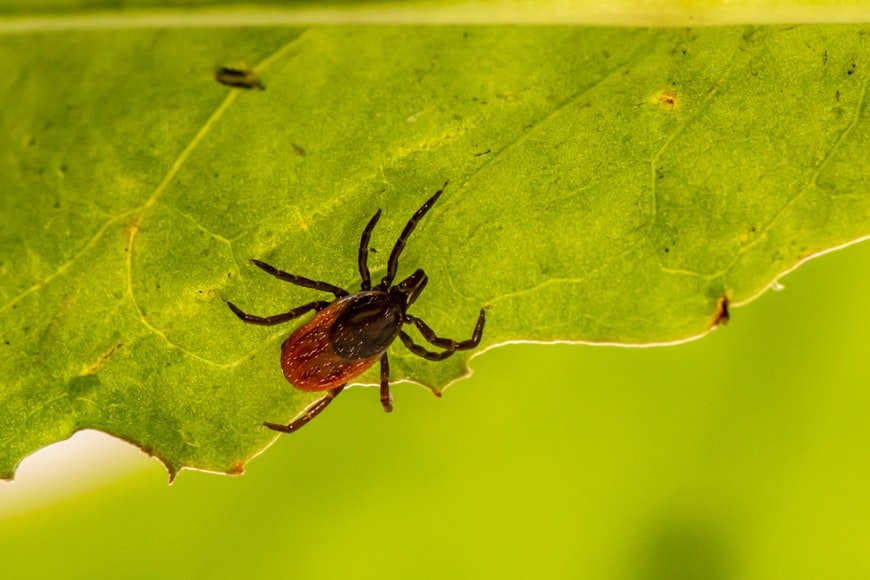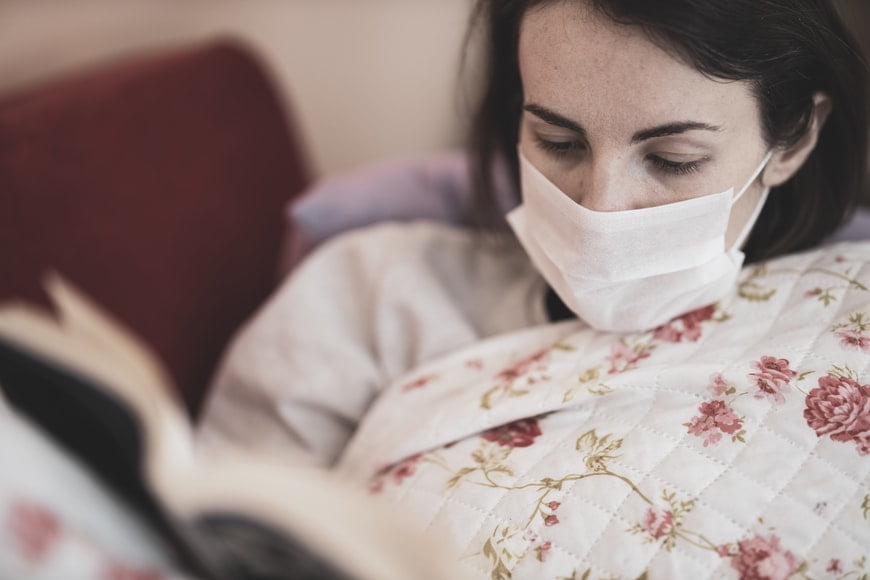With winter knocking on everyone’s door, having to deal with insects and pests should be the least of your worries. Winter is the time when those pesky mosquitoes and ticks fly south to escape the cold. As temperatures drop, mosquitoes and other pests start to die out, hibernate, or migrate to somewhere else. This might be the case, but there are other pests that still pose threat to you and your family’s safety.
Misconception About Ticks and Winter
A common misconception is that Lyme disease and other tick and insect-related diseases can’t be transmitted during winter. Although it might look like it, ticks aren’t completely gone during winter.
Ticks don’t disappear during winter, they usually stay dormant in areas littered with leaves and other areas with vegetation. If you think you’re in the clear, you shouldn’t. Remain cautious at all times. When an unsuspecting host passes by these areas with ticks, they will quickly attach themselves to the potential host.
Babesiosis and Other Tick-Borne Diseases
The most common disease is Lyme disease which can affect both humans and animals. However, it’s not the only tick-borne disease there is. Another common one is called Babesiosis. This is caused by a malaria-like parasite called Babesia. The red blood cells of the infected person or animal are used for growth and reproduction by the parasite. As a result, the infected experiences pain due to rupturing red blood cells.
Symptoms of Babesiosis
Babesiosis is a tick-borne disease more common in the northeast and upper midwest. Despite being common in the north, cases have been reported across the country due to outbreaks of novelBabesiaagents. Unlike Lyme disease, Babesiosis can be transmitted through blood transfusions.
It can even be transmitted congenitally from mother to baby. If left untreated it can cause damage to a person’s liver and spleen.
Symptoms of Babesiosis often begin with a high fever, chills, and muscle aches or joint aches. Less common symptoms include severe headache, abdominal pain, nausea, bruising, yellowing of the skin and eyes, and mood changes. If left untreated, complications due to its progression include very low blood pressure, liver complications, hemolytic anemia, kidney failure, and heart failure.
How to Spot Ticks
Needless to say, these ticks are small and that places you at a disadvantage already. But knowing where to find them saves you time and trouble. They usually like to be in areas of your body that are hidden or hard to reach. These include the groin, scalp, armpits, and back. The next time you get back from an outdoor adventure, take note of these areas as you bathe.
Mature ticks are black, brown, or red. They can stay attached to the skin for several days if left undetected. Ticks are usually found clinging to low-hanging branches, shrubs, or grass. Unlike other pests and insects, ticks don’t fly or jump onto their hosts. Since they live outdoors, this is how they enter your home.
Preventive Measures To Take
Ticks aren’t as picky about who they infect, as exemplified by Lyme disease and Babesiosis. Here are some measures you can take to prevent them from moving into your home.
1. Get Professional Help
Insecticides are almost the go-to solution every time. Even though they’re effective, they can be harmful to you and your family. It might be better to plan a trip with your family and avail home tick control services to ensure that your family is safe. Though most tick bites tend to be harmless, always a good idea to be safe. Consult your doctor if you experience any headaches, rashes, or joint and body pains after getting bitten.
2. Instill a Protocol of Sanitation After Coming Home From Outdoor Activities
The CDC recommends checking your clothes, gear, and even pets for any signs of ticks. Additionally, it’s best to shower within two hours after getting back from your outdoor activities. This practice has proven to reduce the risk of getting Lyme disease and may be effective for other tick-borne diseases too.
Moreover, showering is a good time to take that extra step in doing a tick check. Make use of mirrors too for a closer and better inspection.
3. Clear Your Yard
Minimize their opportunity to reside in your home by getting rid of tall grass, handing branches, leaf piles, and other unnecessary vegetation. Although ticks might be transferred to any part of your home, with these around it’d be easier for them to reside.
4. Keep a Close Eye on Your Pet
Knowing the whereabouts of your pet and limiting their interaction with strays are some ways to further prevent ticks from coming into your home. Take note that ticks take both humans and animals as hosts. To protect your family and the pet, bathe and groom them regularly. Anti-tick shampoo, powder, and the like can also be utilized in this case.
Read Also:































